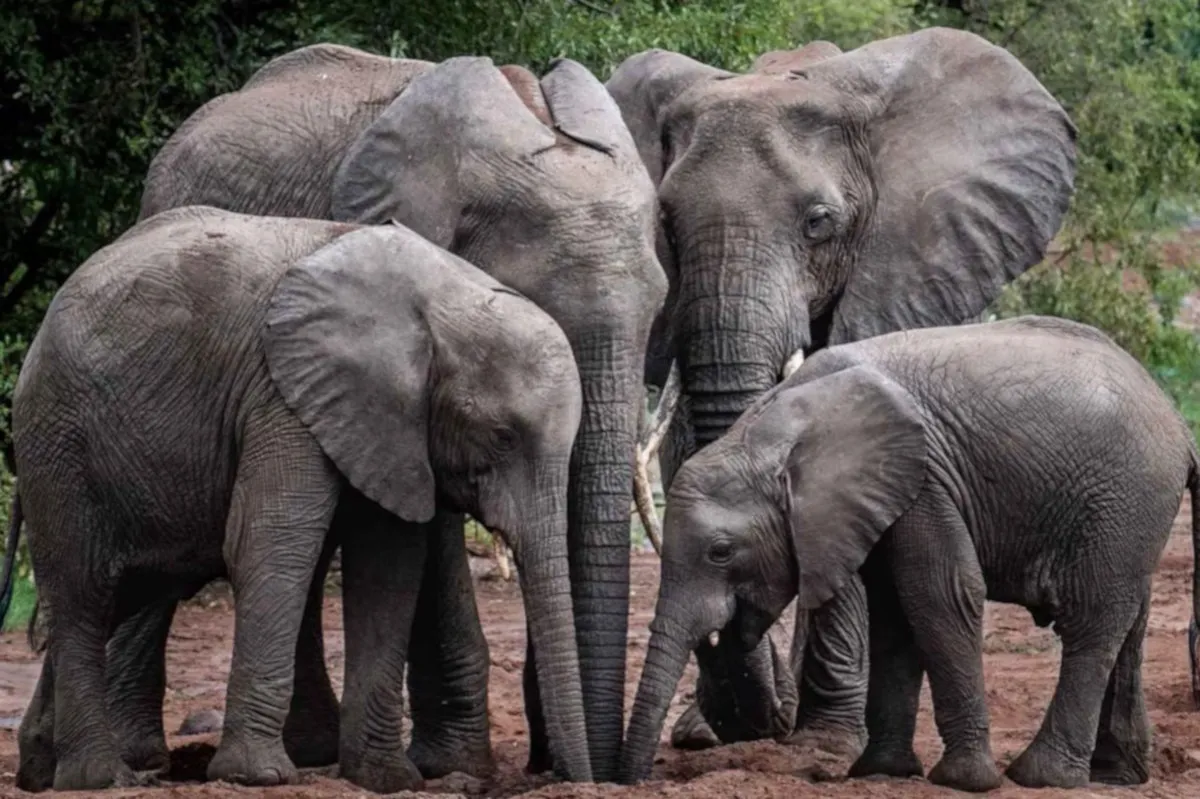
South Africa’s achievement in elephant conservation
South Africa’s conservation efforts have proven successful, especially when contrasted with the decline in elephant numbers in some other countries.

South Africa’s conservation efforts have successfully grown its African elephant population to 44 000, contrasting with the decline seen in some other countries.
“Our elephants are a national treasure, a keystone species, an integral part of our heritage and plays a significant role in maintaining a balance where the creation of value exceeds consumption, crucial for sustaining and increasing South Africa’s social and natural capital, which are fundamental for inclusive socio-economic development,” Deputy Minister of Forestry, Fisheries and the Environment Narend Singh said on Tuesday.
As South Africa celebrates World Elephant Day with the global community, the Deputy Minister highlighted that the country’s elephants have expanded their range over the past 40 years.
Government-protected areas
Most of the country’s elephants live in government-protected areas such as Kruger National Park, Mapungubwe National Park, and Tembe Elephant Park.
These parks form part of larger Transfrontier Conservation Areas (TFCAs), allowing elephants to move freely across national borders and share habitats with neighbouring countries.
“In addition to these large parks, there are 89 smaller, fenced reserves that also support elephant populations. About 6 000 elephants are owned privately or by communities, and in recent years, more and more communities have started to manage elephants themselves,” Singh said.
While South Africa’s success in rebuilding elephant populations offers hope for the species, the Deputy Minister cautioned that it also creates a challenging trade-off within the country’s developmental agenda and priorities.
“As elephant numbers and ranges expand, encounters between people and elephants have increased, particularly in rural communities living near protected areas.
“Human-elephant conflict can result in crop losses, damage to infrastructure, and in some cases, injury or loss of human life. For many affected families, these incidents can threaten food security and livelihoods.
“Managing these interactions is essential to ensuring that conservation gains do not come at the expense of community well-being. It requires innovative solutions that promote co-existence, such as, improved land-use planning, early-warning systems, community-based monitoring, and benefit-sharing initiatives that recognise the costs of living alongside elephants,” Singh said.
Ecosystems
As South Africa reimagines conservation, it aims to ensure that thriving elephant populations benefit both people and ecosystems.
The country’s conservation efforts align with the four goals outlined in the White Paper policy on the Conservation and Sustainable Use of South Africa’s Biodiversity, which aim to strike a balance between conservation and sustainable use, transformation, and equitable access and benefit sharing.
The Deputy Minister made these remarks at the Elephant Indaba in Bonamanzi, KwaZulu-Natal, the province with the second-largest elephant population in the country.
The Elephant Indaba coincided with World Elephant Day that is being celebrated under the theme: “Matriarchs’ and Memories”.
World Elephant Day is a day dedicated to raising awareness of the urgent need to protect and manage the world’s elephants.
